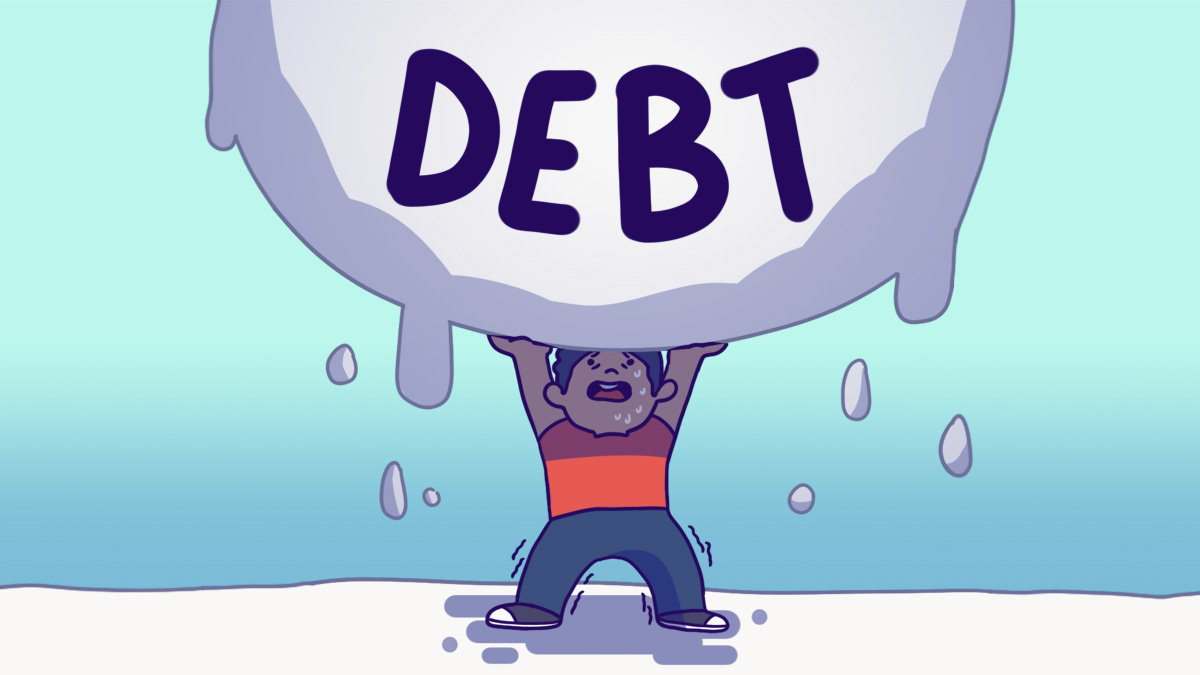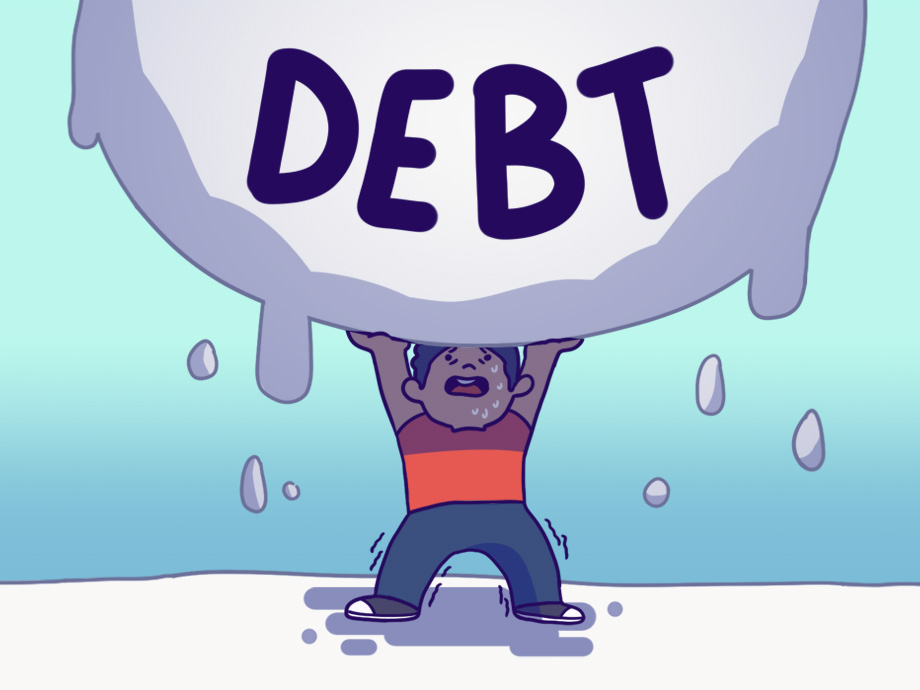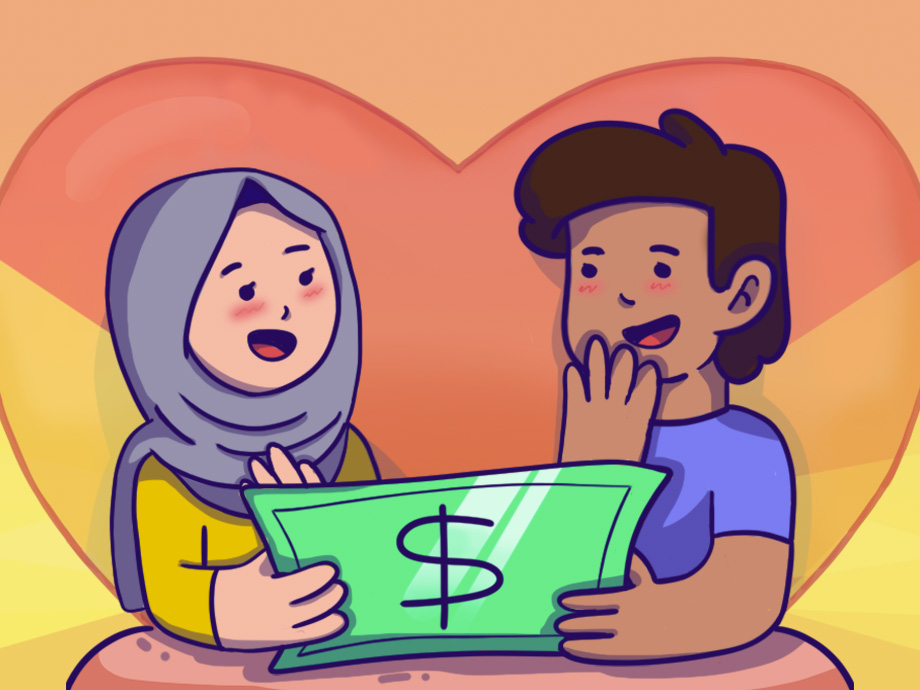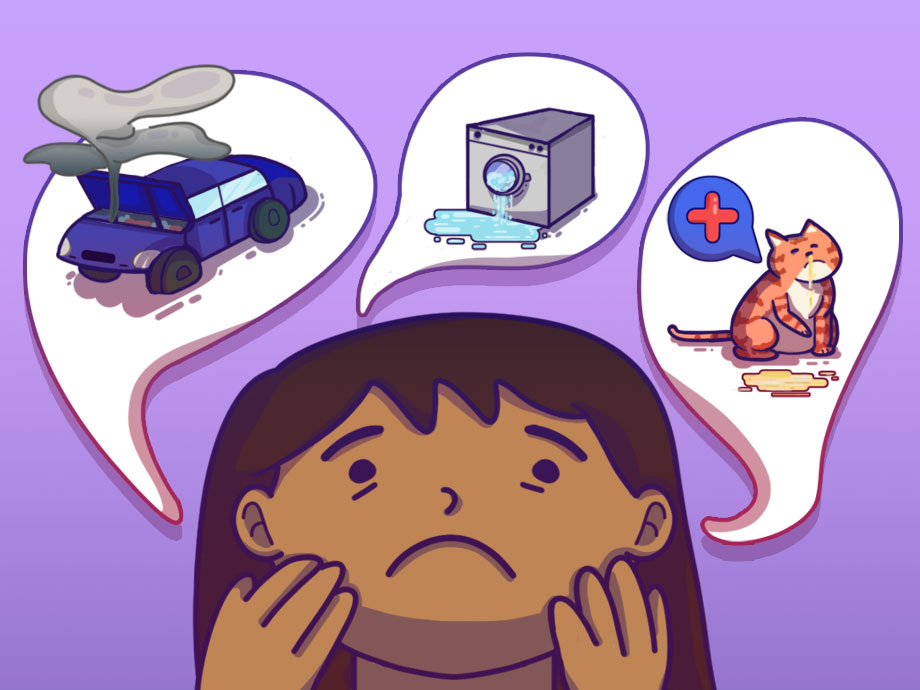Budgeting | Financial Planning | Personal Finance | Article
What Do Rising Interest Rates Mean For You and Your Wallet?
by Cherry | 9 Jun 2022

Interest rates are on the rise around the world as announced by central banks of various countries. And the reason they are doing this is because they are trying to balance the country’s economic activities, such as curbing high inflation.
If you think that this won’t have any impact on your daily life , think again. Rising interest rates impact every part of the economy, and for the everyday person’s finances an increase in interest rates has both positive and negative impacts.
Understanding interest rates
To deepen our understanding, let’s first look at what interest rates are. Simply put, interest rate is defined as the cost of borrowing money and also the reward for saving it, and it is usually calculated as a percentage of the amount borrowed or saved.
For example, if you save money with the bank, you will be paid an interest amount for your savings that is defined by the interest rates. On the other hand, if you borrow money from the bank, you pay the bank an interest amount for borrowing the money.
The impact of rising interest rates on your wallet
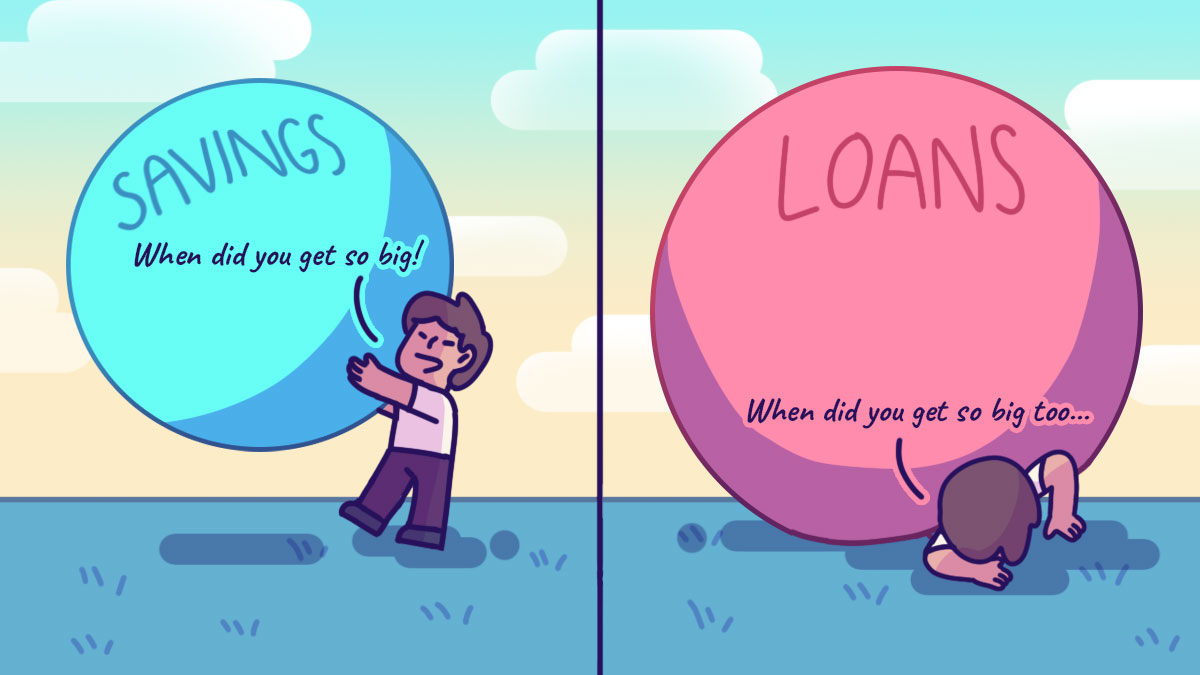
Having interest rates go up is not all doom and gloom though, especially if you are someone who has money in the bank. Here are some ways your finances may be affected by interest rate hikes.
Your savings growth rate becomes higher
This one is simple. Higher interest rates mean higher returns on savings. And when you factor in the effect of compounding interest, the growth in your savings goes up even more.
For example, if the interest rates increase from 1% to 2%, it may not seem like it has a big effect on the amount of your savings. But over a 20 year period, for every $10,000 you have saved in the bank, the effective rate of return increases from 22% to 49% instead, just because of this additional 1% in interest rates.
| Savings Years | Savings rate @ 1% | Savings rate @ 2% | Savings rate @ 3% | Savings rate @ 4% | ||||
| Cumulative Interest | Balance | Cumulative Interest | Balance | Cumulative Interest | Balance | Cumulative Interest | Balance | |
| Year 1 | $100 | $10,100 | $202 | $10,202 | $304 | $10,304 | $407 | $10,407 |
| Year 5 | $512 | $10,512 | $1,051 | $11,051 | $1,616 | $11,626 | $2,210 | $12,210 |
| Year 10 | $1,051 | $11,051 | $2,212 | $12,212 | $3,494 | $13,494 | $4,908 | $14,908 |
| Year 15 | $1,618 | $11,618 | $3,495 | $13,495 | $5,674 | $15,674 | $8,203 | $18,203 |
| Year 20 | $2,213 | $12,213 | $4,913 | $14,913 | $8,208 | $18,208 | $12,226 | $22,226 |
Effective savings rate
| After 10 years | 11% | 22% | 35% | 49% |
| After 20 years | 22% | 49% | 82% | 122% |
If you have money in your bank at this time, it will be growing at a much faster rate over time than before.
Related
Your loans will cost more than before
If you have a choice, few people will choose to fork over more money for the same thing, but yet this is what will happen if you need to borrow money from the bank, otherwise known as taking a loan.
Hence if you decide to take out a new loan during this period, you can expect to pay more overall than before interest rates are increased. Otherwise, the item, such as a house or car, will cost more than it would have before the rise in interest rates.
For those who have an existing loan that you are still repaying, you will likely have to pay more in financing now if you have taken out a variable-rate loan. This is because the interest rates on your loan vary according to the market rate, and in this scenario, it increases whenever there is an interest rate hike.
If your loan is a fixed-rate loan, this change in market interest rates won’t affect you until the end of the agreed fixed-rate time.
To better illustrate the impact of an increase in interest rates on loans, let’s use an example of getting a 100% loan for 30 years on a $500,000 house. The table below shows you how much more you will pay for every 1% increase in the housing loan interest rate.
| Housing Loan Interest Rates | ||||
| Increase in monthly payments | ||||
| 3% | 4% | 5% | 6% | |
| Annual loan payments | $25,296 | $28,645 | $32,209 | $35,973 |
| Monthly payments | $2,108 | $2,387 | $2,684 | $2,998 |
| % increase in amount paid | 113% | 127% | 142% | |
| Increase in total amount of interest | ||||
| Total interest over term of loan | $258,887 | $359,349 | $466,280 | $579,190 |
| % increase in interest paid | 139% | 180% | 224% | |
| Increase in the total cost of buying a house | ||||
| Total amount paid for house | $758,887 | $859,349 | $966,280 | $1,079,190 |
| 113% | 127% | 142% | ||
Hence, when interest rates rise, as the person buying your house with a loan, you will:
- Have higher monthly payment commitments
- Have to pay much more than in total financing cost. The 1% increase in interest rates adds up to more than $100,000 in interest costs in total.
What can you do in the face of rising interest rates?
With banks probably offering better interest rates on savings accounts and fixed deposits, it’s a good time to shop around for somewhere new to place your money, especially if your current bank doesn’t have attractive rates.
For loans, it’s best to avoid them if you can as the cost of borrowing is higher; it’ll be better to save up for it before making a purchase as opposed to taking on a loan. But if you can’t avoid it because you need it for a big purchase, such as a house, you’ll have to make adjustments to your budget for it and practise good debt management so that you don’t end up biting off more than you are prepared for.





